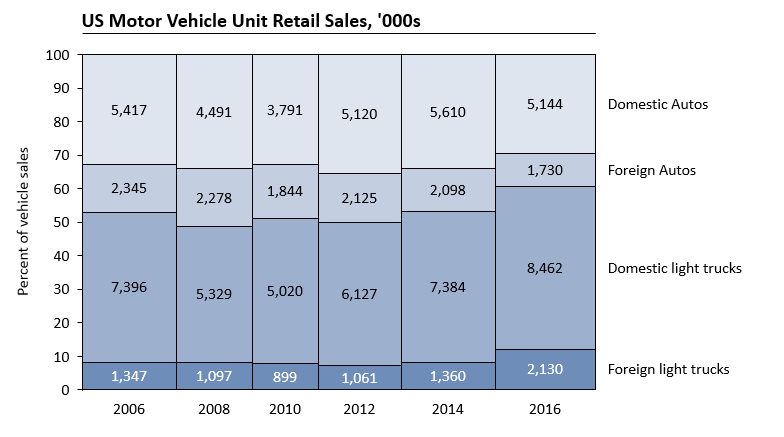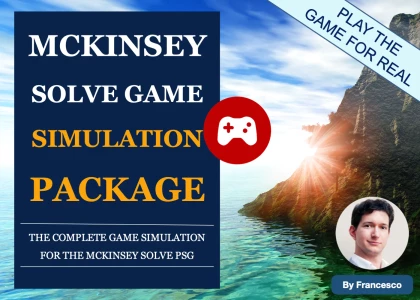
For a chart like this where they are asking which segment should we focus on, should we comment on each vehicle type? I see people commenting on what's largest , what's smallest..but would it sound like I'm reading everything on the chart in such cases where there may be 2 large segments and 2 small segments. Should I only comment on what's largest and growing?














